
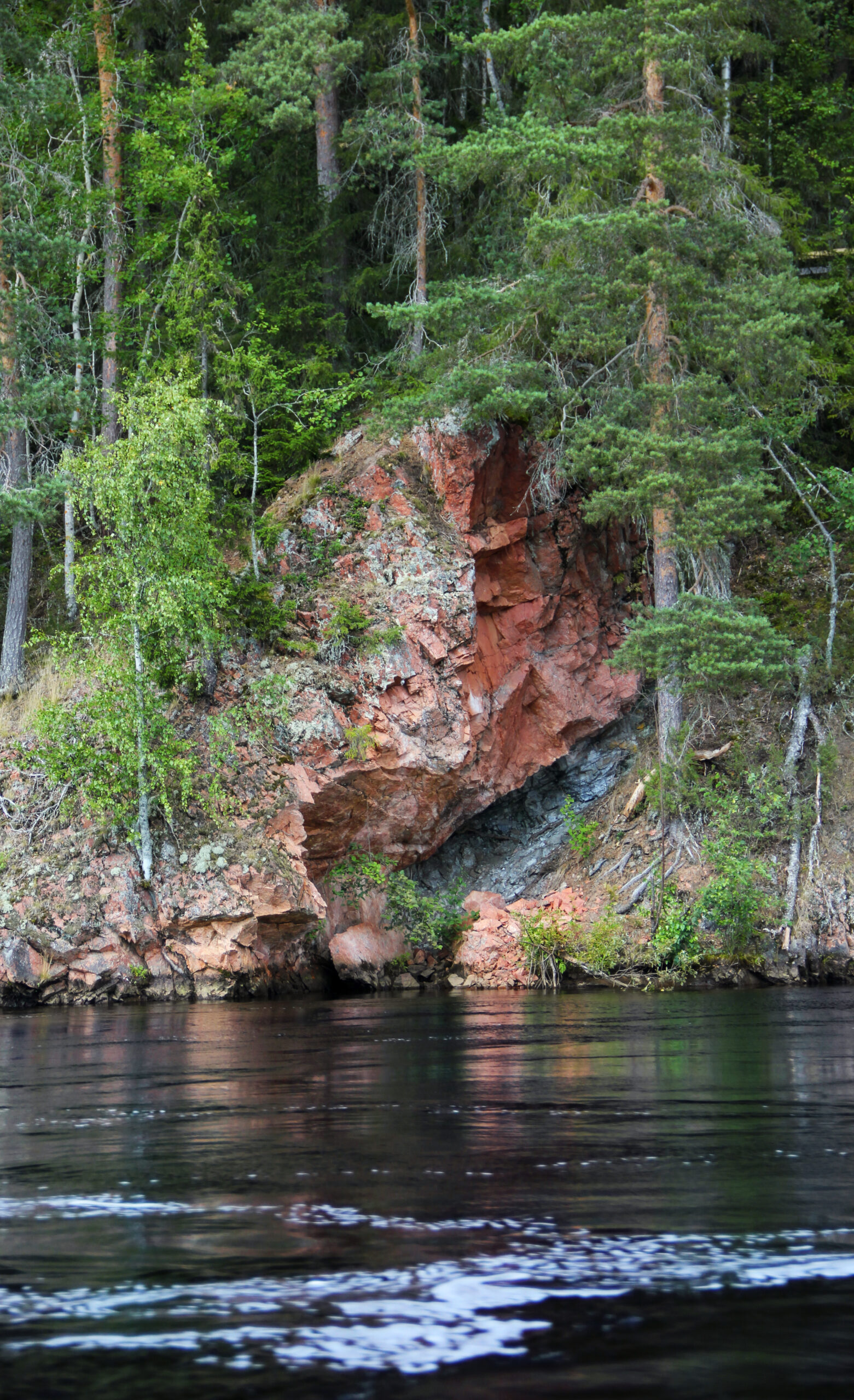

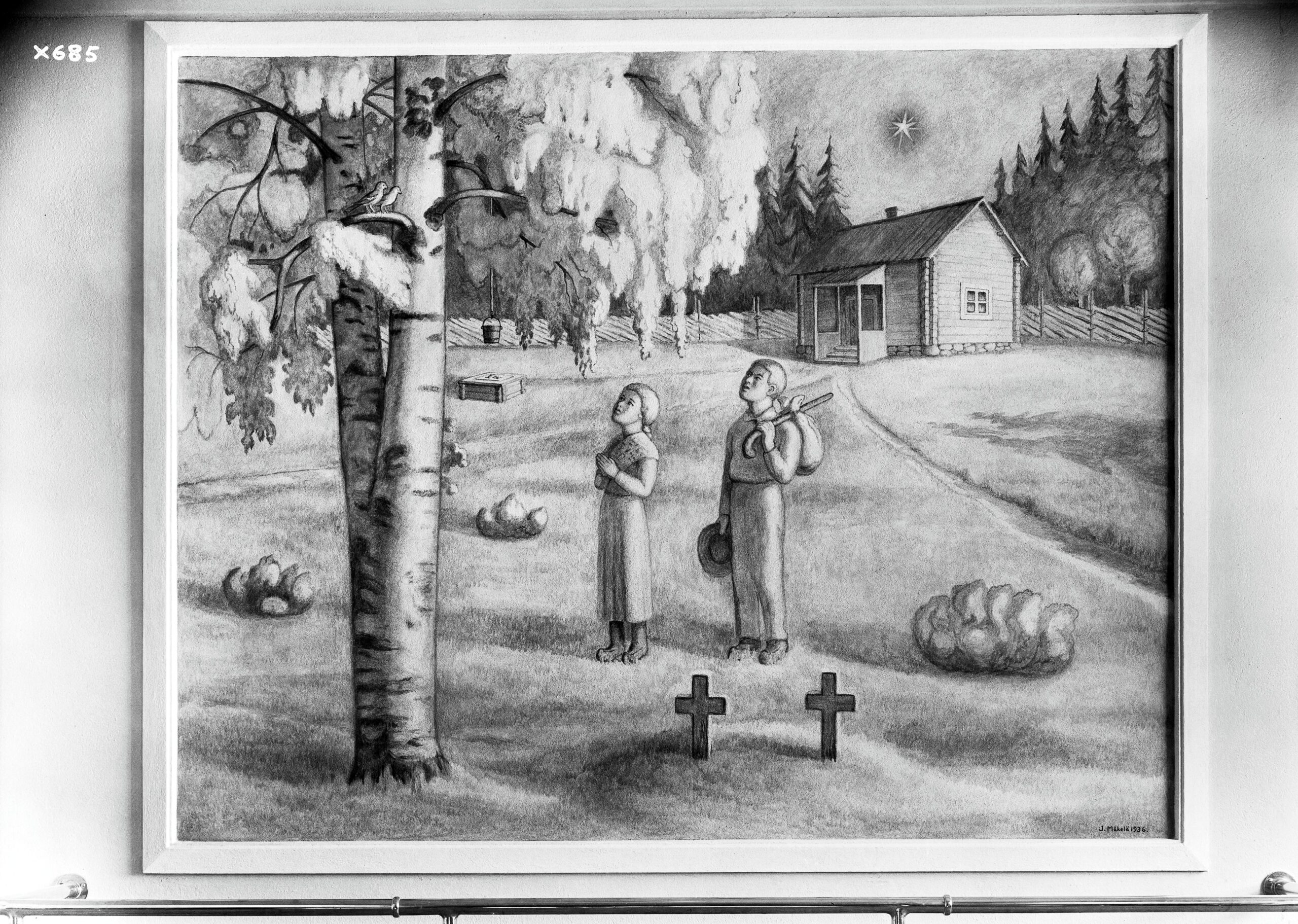
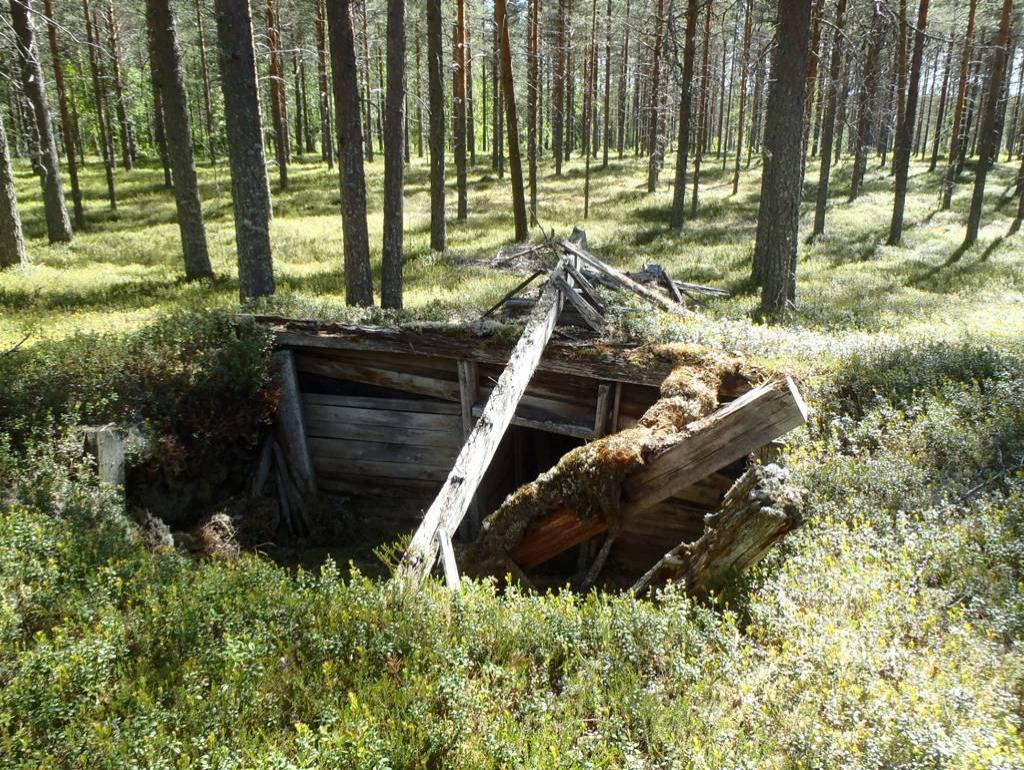
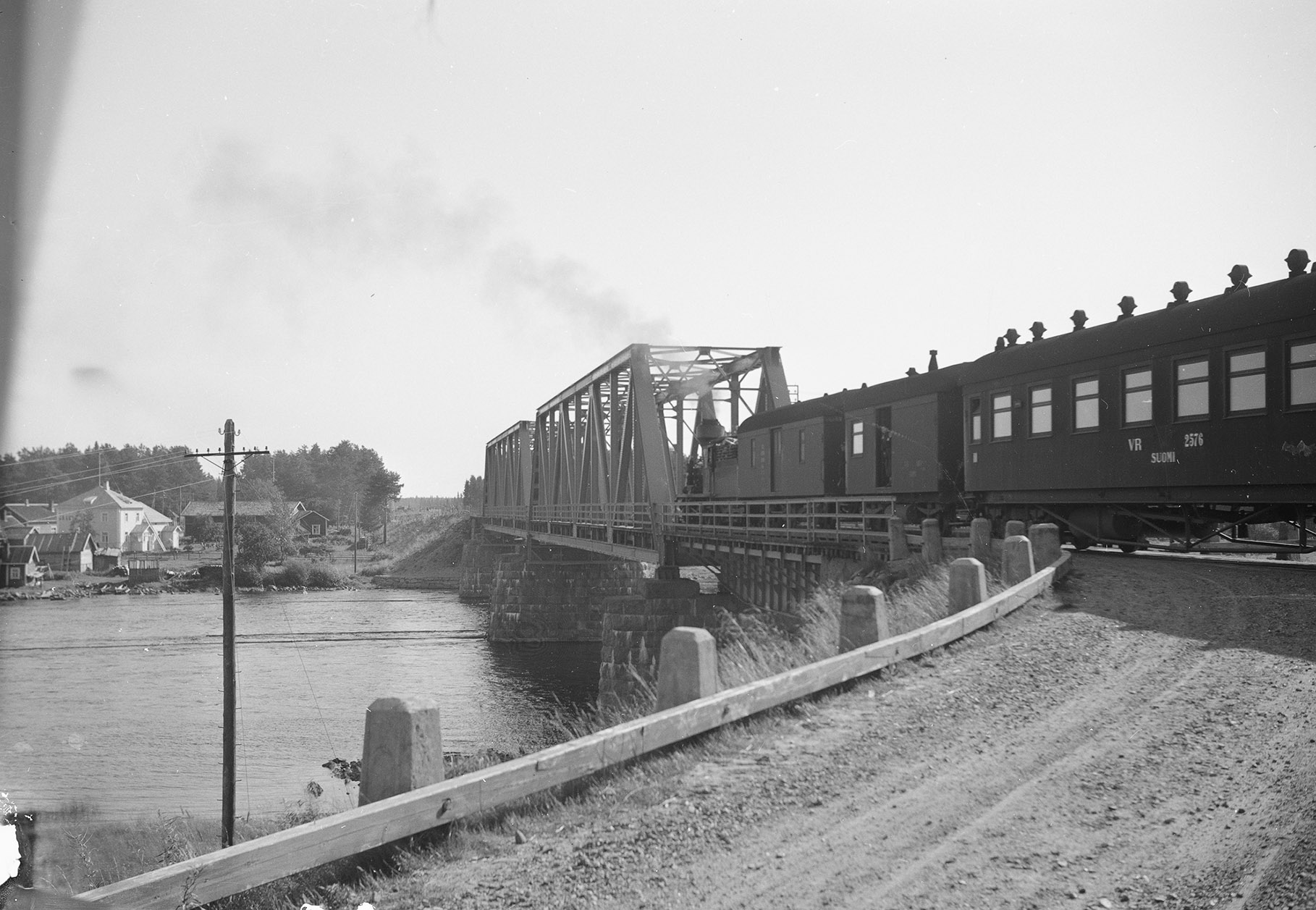
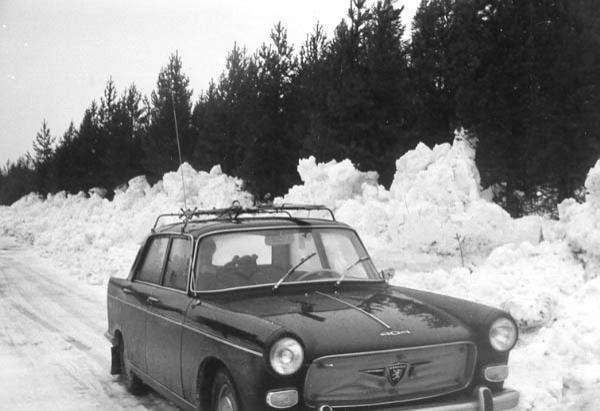
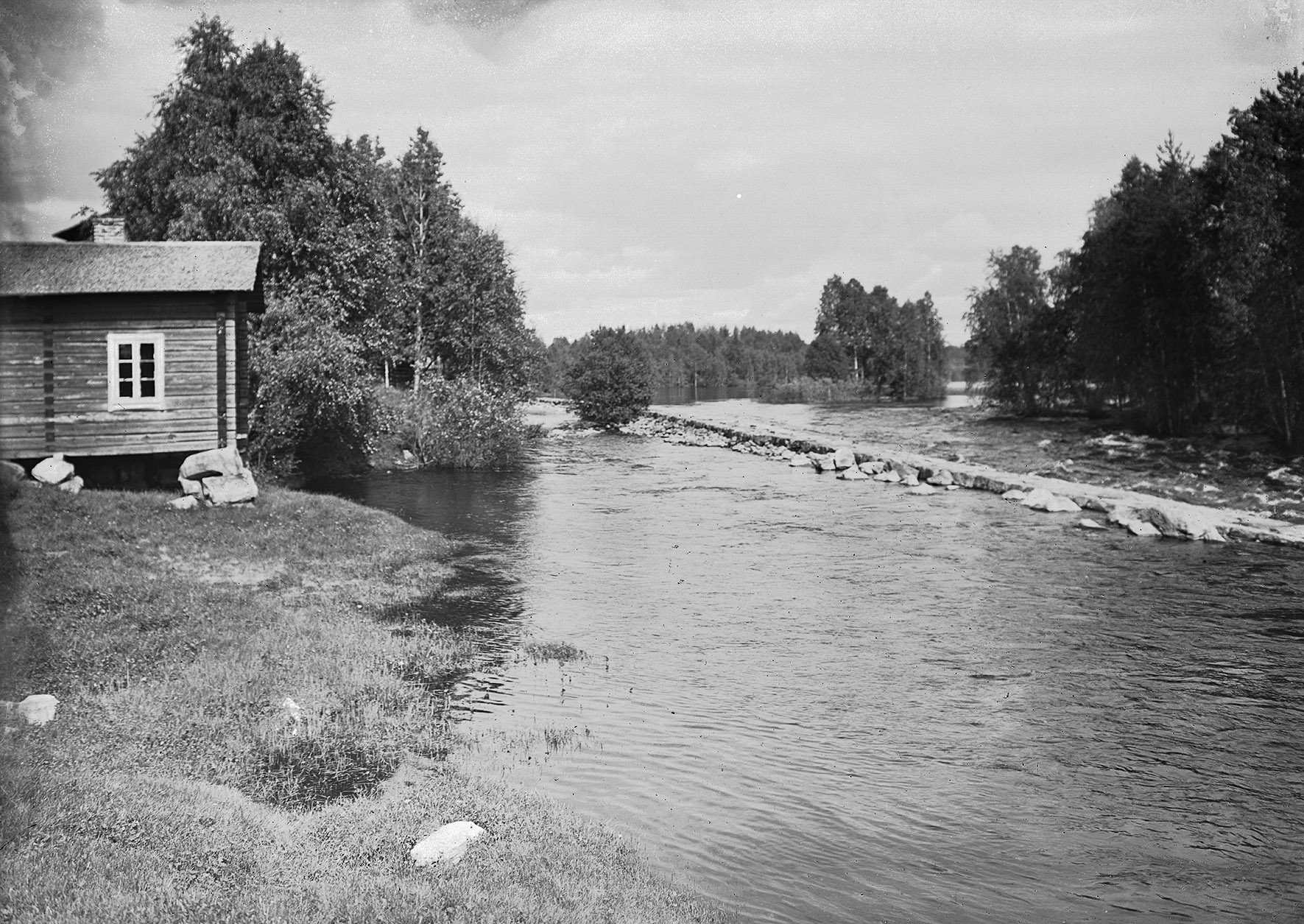
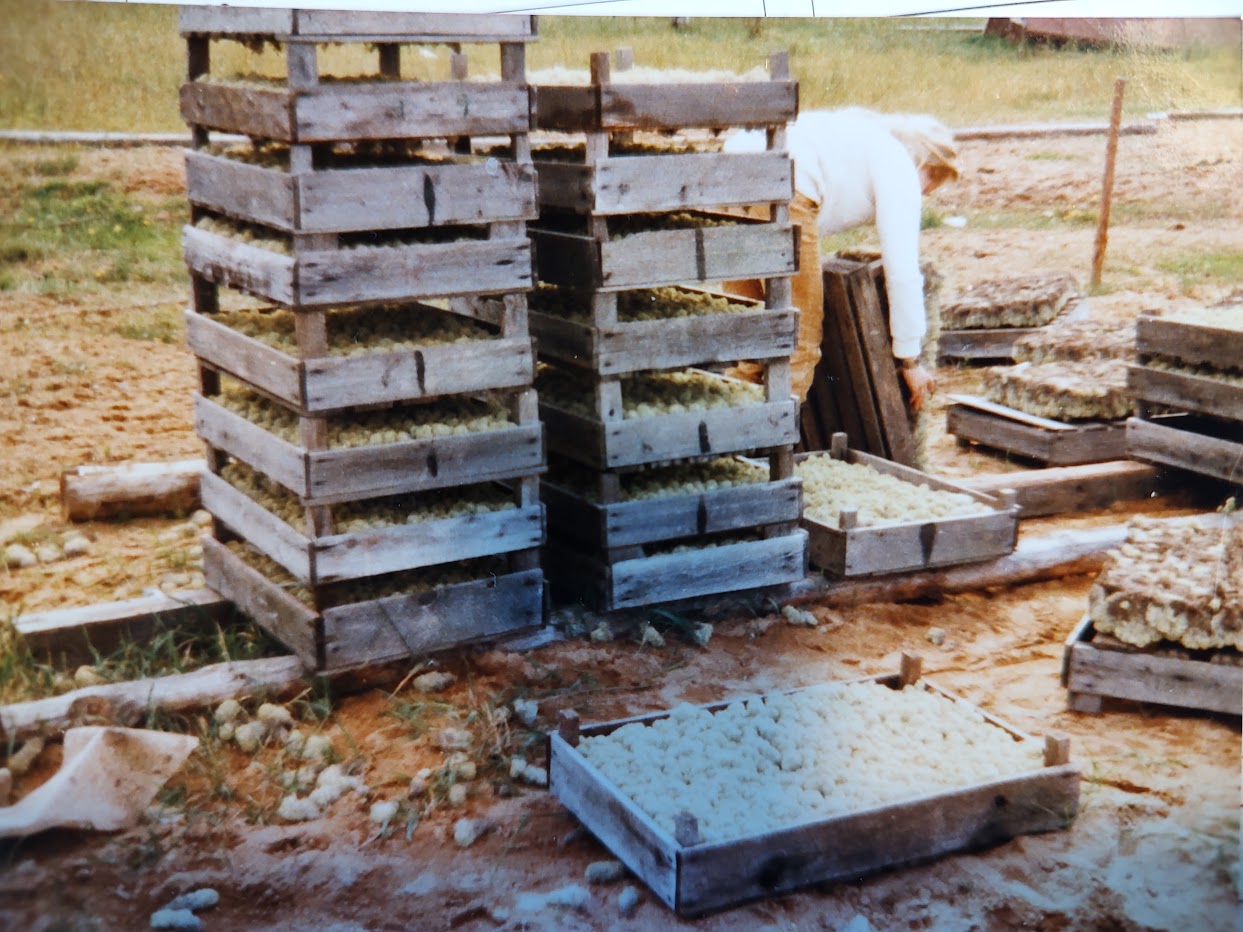
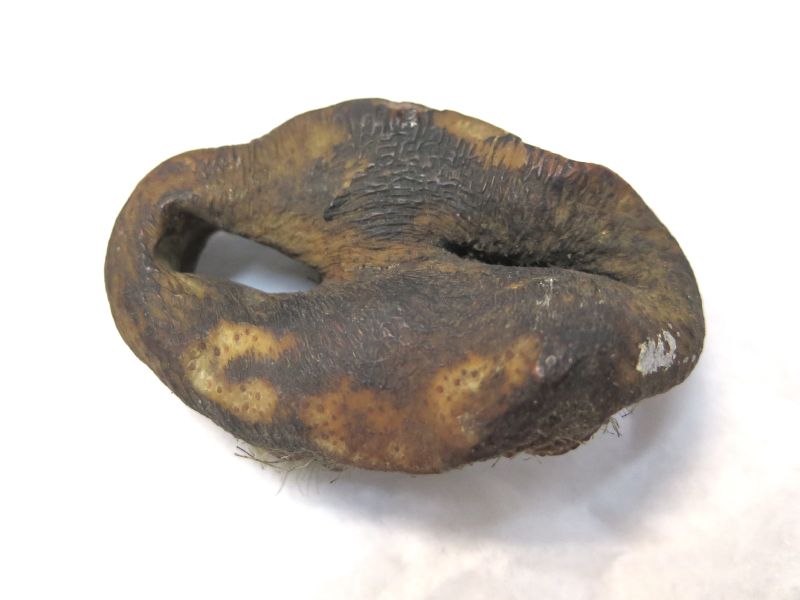
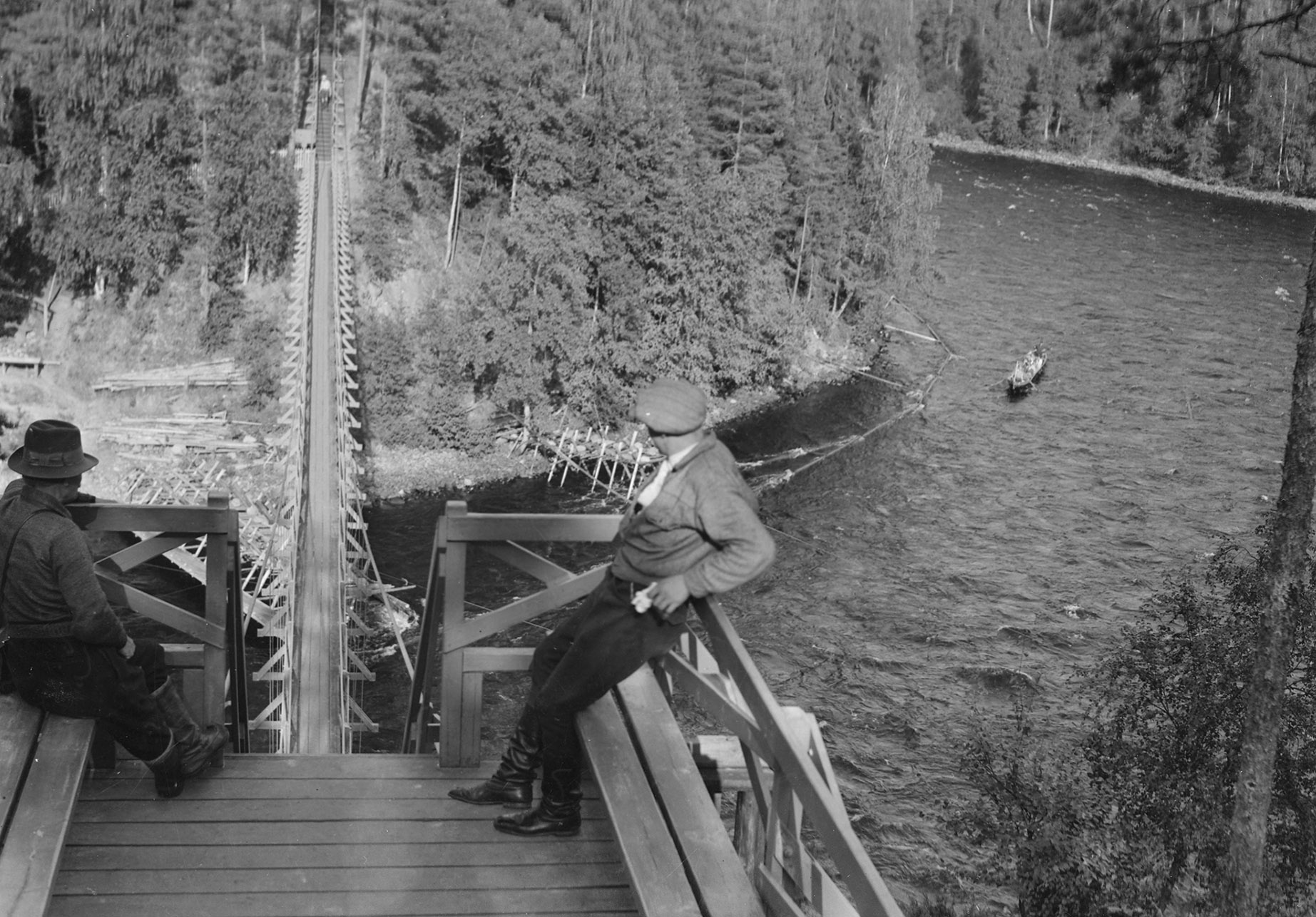
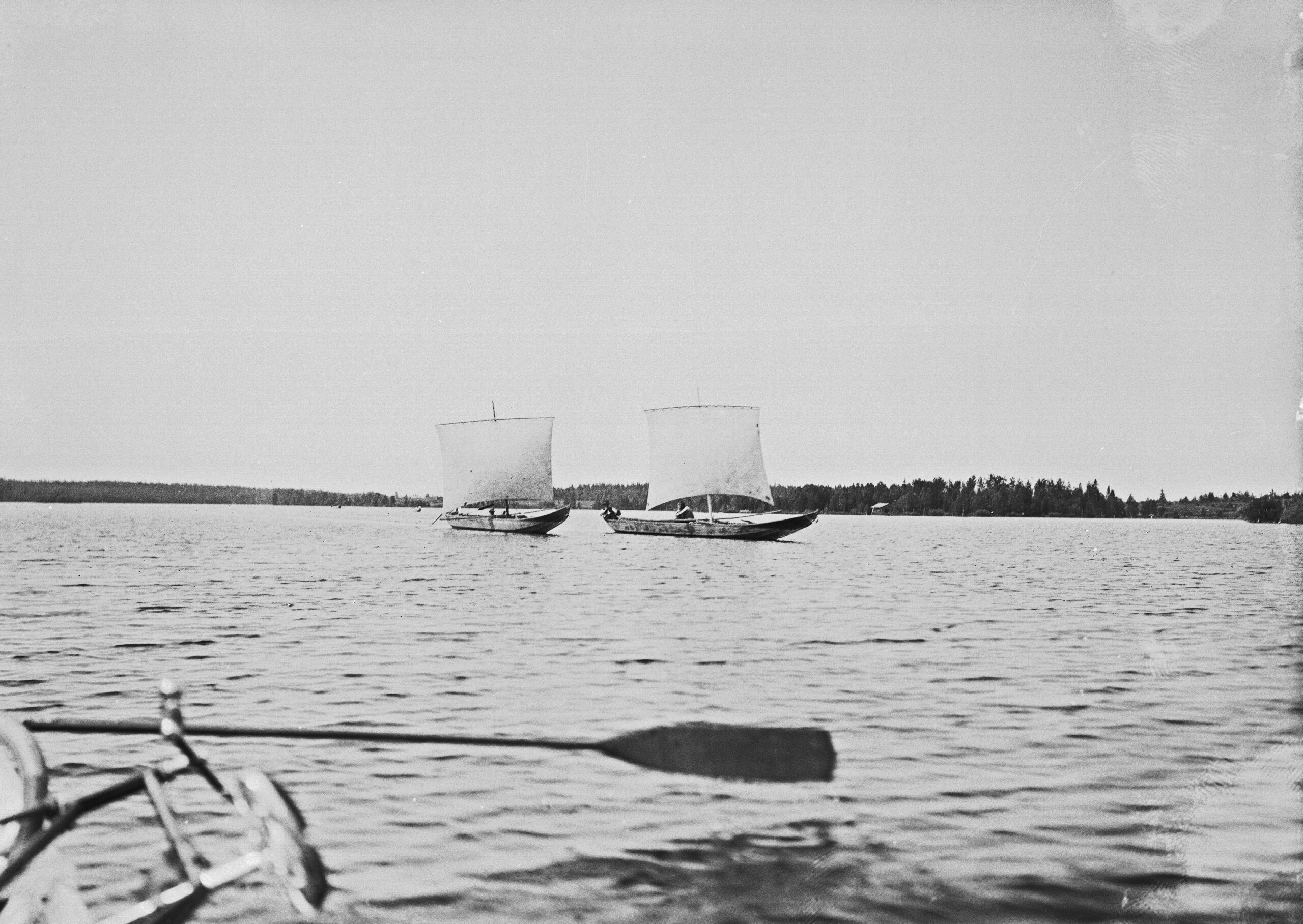
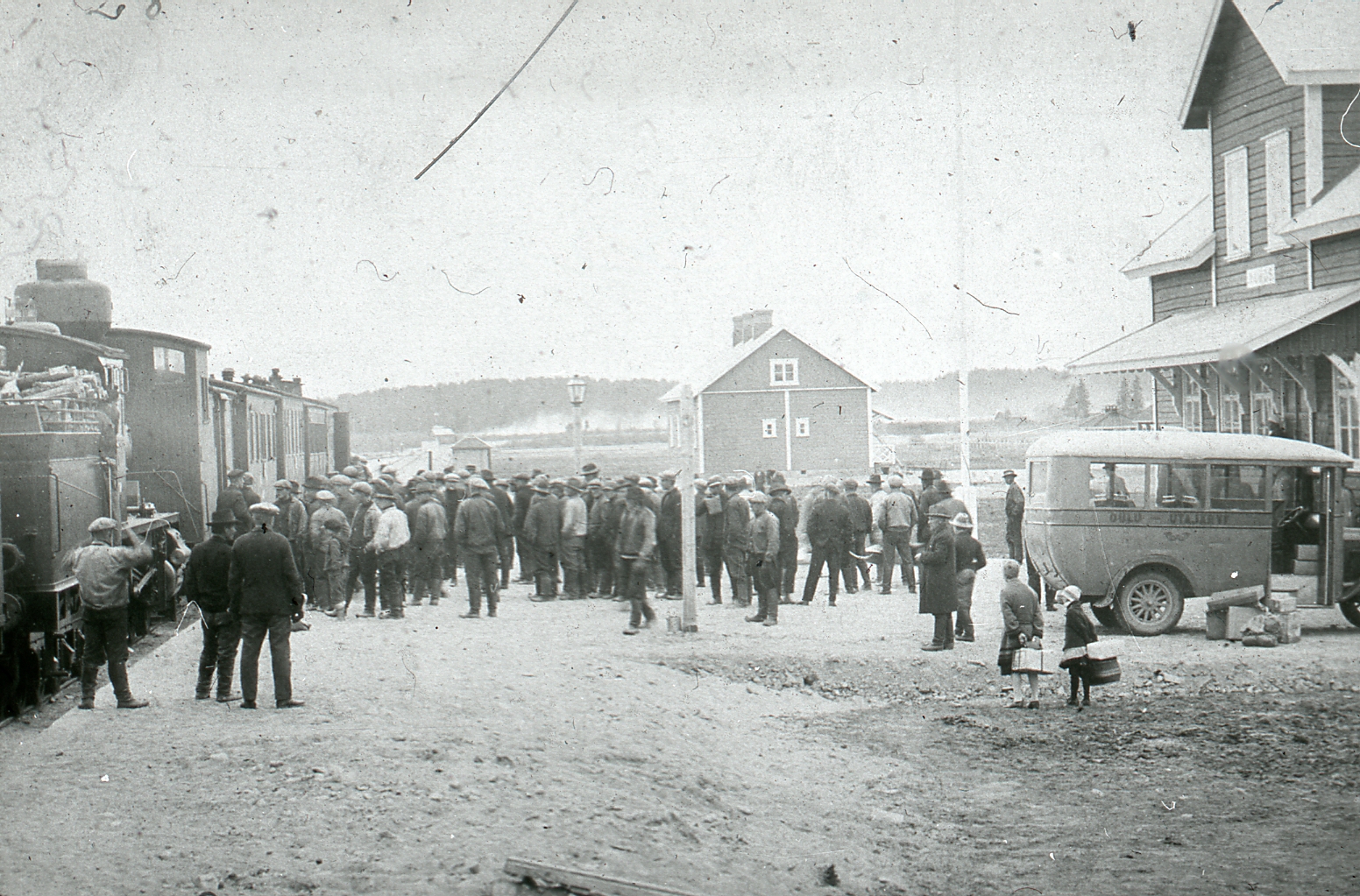
Rokua Geopark is home to countless stories. The oldest stories tell of the formation of the landscape two billion years ago. More recent ones tell of the experiences, lifestyles and cultural heritage of different generations. The stories open up the history of the area and recount oral and written traditions. Enter a world of fascinating stories!











